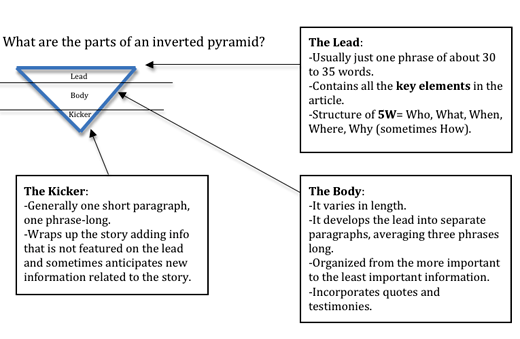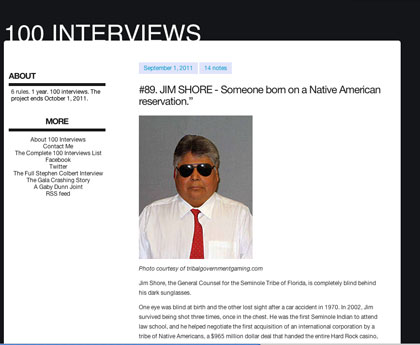The Journalist’s Ten Commandments
Bruce Porter CU’62 and author of “Blow: How a Small-Town Boy Made $100 Million with the Medellin Cocaine Cartel And Lost It All”
1. Just the facts. Report what you’ve learned firsthand. Attribute to others anything you didn’t see or hear yourself. Avoid going with rumors or assumptions. And beware of describing people that reflect your bias.
2. Be accurate. Always distrust your ears; double check spellings of names; get ages and addresses right. When in doubt, leave it out.
3. Use exact quotes. In quoting people, put down exactly what they say, even if it sounds awkward. If in the beginning you can’t write fast enough to get the whole thing, limit yourself to phrases you know are correct.
4. Do not plagiarize. Never present another reporter’s work as your own. And in your class assignments do not “double dip.” Never present the same piece of work to two different classes without clearing it with the instructors.
5. Do not fabricate or approximate the details of a story you could not verify yourself. Transgress either Rule 4 or 5 and you will fail this class.
6. Be fair. This means calling around to get all sides of a story, taking special care to give representation to people with whom you disagree.
7. Honor all deadlines. If you can’t complete the story on time, go with what you’ve got.
8. Make all copy conform to the AP Stylebook.
9. Keep up on the news.
10. Out on assignment, use your imagination; do not follow the pack. Always try to seek out your own sources and strive to develop angles other reporters have not thought to pursue.

